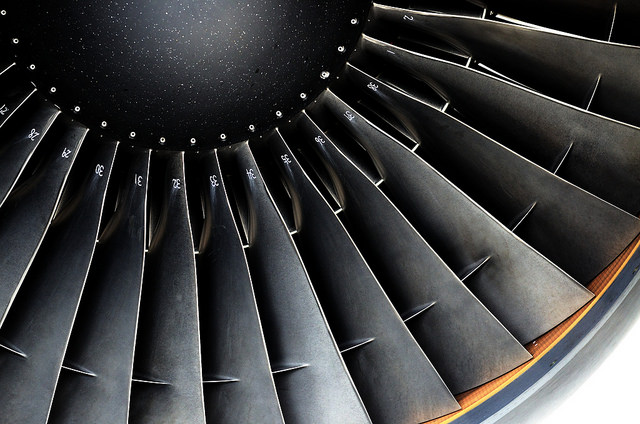
Japan’s Prime Minister Shinzo Abe faces several pressing issues over the next few years, many of which are linked to his commitment to revising Article 9 of the Japanese constitution. Under what’s known as the ‘peace clause’, Japan not only renounces war, but declares that never again will Japan have ‘land, sea, and air force as well as other war potential’.
Following the July 2016 election, the Liberal Democratic Party (LDP) assumed a majority of 122 seats in the 242-seat Upper House (House of Councilors), giving Prime Minister Abe effective control over both Houses of Parliament. As such, Abe need only persuade the public to revise the constitution—a tough ask, as more than 50% are opposed to a revision.
The Self-Defense Force (SDF) is formidable. It has 250,000 men and women in uniform, over 500 combat aircraft, 32 destroyers, two aircraft carriers and a substantial submarine force. The purchasing of such equipment has led some to argue that of Article 9 has been made redundant. Nevertheless, proponents argue that the SDF construct limits Japan’s ability to support its allies or fulfill its role as a major global and regional power, hence the call for the formation of a National Defense Force.
Advocates for constitutional reform also argue that a revision would provide better protection for Japan, as the country and its people face new security threats. Those include a nuclear-armed North Korea and persistent territorial disputes with China, Japan’s largest trading partner. These have become more worrisome in the post-Crimea era, where President Putin has shown that de facto possession trumps international law and President Trump declaring his dissatisfaction with the US–Japan treaty.
Beyond the general public’s opposition to a revision, Abe must take two further issues into consideration. The first is the state of the Japanese economy, which has remained largely stagnant since the 1980s (the country’s 2015 GDP was roughly what it was in the 1980s). In 2016, Japan technically avoided a recession, suggesting that Abenomics—monetary stimulus, fiscal “flexibility” and structural reform including corporate reform aimed at encouraging firms to invest more—is working, pushing Japan’s faltering economy towards sustainable growth. However, the Bank of Japan’s hope of 2% inflation remains a distant dream, probably because the non-financial sector holds more than ¥1 quadrillion (US$9.5 trillion) of financial assets, including cash, which it refuses to spend.
The second major challenge that Abe must address is that Japan has the world’s oldest population and one of the lowest birth rates. In 2010, Japan’s population stood at 128 million and by 2015 had shrunk to 127 million. Japan’s birth rate stands at around 1.4 children per woman, well below the necessary 2.1 required to maintain a steady population. The 2015 census also indicated that over 30% of Japanese are over 65, leading the Population Division of the UN Department of Economic and Social Affairs to estimate that Japan’s population would fall below 100 million by the close of the 21st century.
There are a number of reasons for the decline. A non-existent child care system, which often means that women are required to leave the workforce to raise children which leads a two-income family to become a single-income one; low wages and long working hours; and a high cost of living discourage young Japanese from not only having children but from even forging relationships (a 2013 study by the Meji Yasuda Life Insurance Company found that 30% of Japanese men in their 20s have never dated a woman, while slightly less than 30% of women in the same age bracket have never dated a man).
Successive Japanese governments have ensured that the defense budget never exceeds 1% of Japan’s GDP. Such fiscal conservatism stems in part from the fragility of Japan’s economy and its stagnant GDP. The current defense budget stands at ¥5.17 trillion (US$50.2 billion), and includes money allocated for the acquisition of six new submarines to deal with what the Defense Ministry describes as ‘attacks against the islets’ and a 12% increase to the Coast Guard budget. Japan has also purchased six F-35 stealth fighters and allocated money to build a radar station in the East China Sea.
There are clear reasons for Abe to push for a revision of Article 9 of the Japanese constitution, but to do so would involve substantial domestic reform, including measures to stimulate Japanese corporate innovation which has stagnated. Ensuring that such moves don’t heighten tensions with China, as was the case in 2012, following Prime Minister Noda’s announcement of Japan’s intention to purchase three of the five Senkaku/Diaoyu Islands, is vital. But more pressing is the demographic time bomb, which places enormous pressure on the economy, social welfare and Japan’s ability to support a security force. So even if a revision is to occur, it may not accomplish what Abe hopes.

